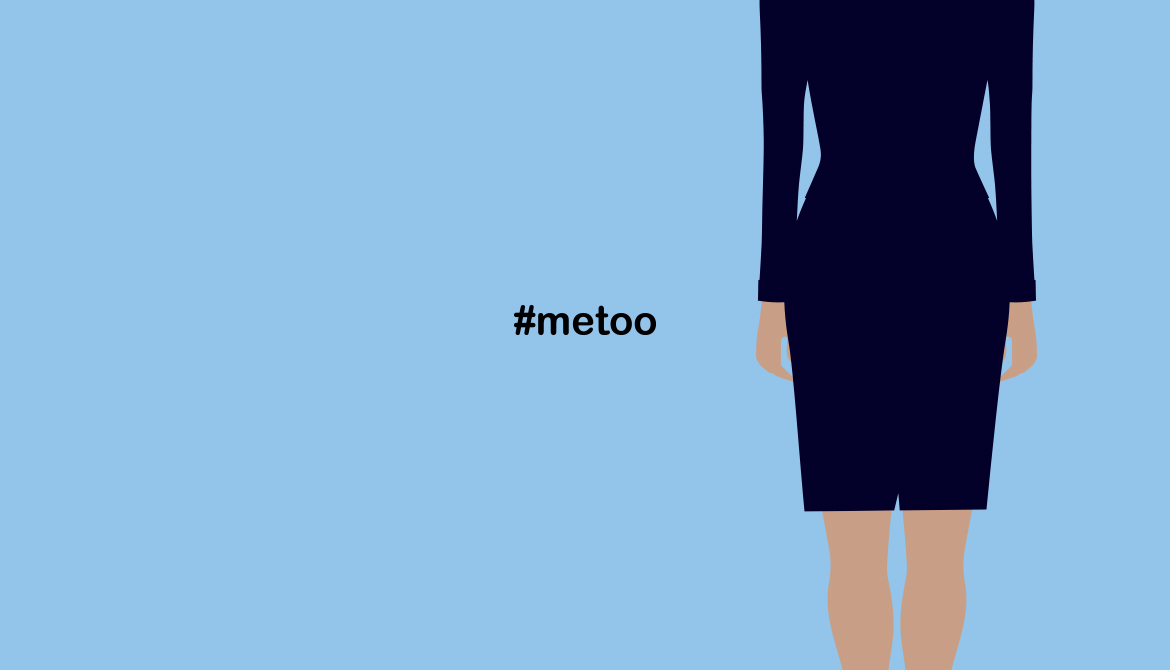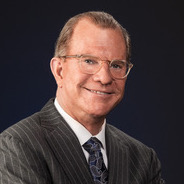7 minutes
Four things boards can do about #metoo
One of the fresh issues surfacing in board conversations in 2018 is not cybersecurity, government regulation or who might be a good next board member. It is, “Might we have a #metoo issue we don’t know about?”
#metoo is the social media designation used to publicize and denounce sexual harassment and discrimination. If you are unaware of the prevalence of this issue, simply Google #metoo and you can see experience from bio-medical: environments, divinity schools, government and media. Is it likely an issue in the credit union domain also?
Although the Hollywood Harvey Weinstein scandal is considered a sentinel event, it has led to shocking revelations that have caught many off guard, including boards of directors and CEOs. Spreading like an unexpected virus, #metoo is causing organizations to question how they are doing with the early identification and response to harassment and other inappropriate behavior. Possible inappropriate behaviors demonstrated by board members should also be examined.
Not surprisingly, inappropriate behavior is out there in all organizations. The high-profile accusations and repercussions have empowered more and more people, especially women, to come forward. Is your credit union confident that sexual harassment and inappropriate behavior that happens in your branches and offices gets reported and managed before it becomes a crucial risk event or personal catastrophe?
Please don't think your organization may be innocent; that’s a complacent response to a white-hot issue. Even as a consultant to boards and credit unions, I consistently hear about sexual harassment issues (as well as bullying, inappropriate expense account behavior, drinking on duty, withholding/hiding information and ethnic discrimination). In a confidential coaching relationship, my clients have the safety to bring up these issues with me and ask for guidance. It’s unfortunate they don’t always feel they have the safety and protection within their own organization to surface such bad behavior.
Within the last year I have had the following three conversations with a board or individual director:
How do we go about removing a CU board member whose sexual harassment, fueled by excessive drinking at conferences, brought embarrassment to the board? Surprisingly they didn’t consider how the harassed woman might have felt. Luckily, the strong female chair gathered eyewitness accounts and used those to confront the board member and get him to resign. Interestingly, he had only recently been elected to the CU board.
How can I tamp down the foul language and sexual innuendo used by my male director colleagues? This came up with the lone female participant in a recent strategic planning session. The problems were creeping into the board and staff conversation—both in the formal meeting and social hour. The men were clueless that their “good ole boy behavior” might be inappropriate. What used to be acceptable mores in some places are outdated, and standards of propriety and appropriate behavior overall must be enforced.
How can I deal with the board member who is flirting with my wife? This question came from one of my executive coaching clients in the CU industry. The board member was not only flirting verbally, but also touching her shoulders, arms, back and head. This very capable executive did not feel comfortable bringing it to the attention of the chair nor CEO. He felt they would consider it silly—“innocent”—behavior. Such was the provincial culture of the credit union. Behavior is not innocent if it makes a woman uncomfortable.
Don’t be arrogant and say it can’t happen at credit unions. It does. Please consider that you might have a problem in your organization and make sure it gets addressed. Blaming the women on the board and in the workforce or turning a blind eye to “boys will be boys” doesn’t cut it anymore. In this day and age, not addressing this problem is a real risk to your organization.
But What Can You Do?
1. Establish zero tolerance. First and foremost, unequivocal zero tolerance standard for sexual harassment conduct must be made clear to staff and reinforced regularly much like we reinforce cybersecurity training annually. This is the human resources director’s responsibility and includes having a formal, confidential and safe process for airing concerns offered to all employees and protected by HR. Do all of your board members know your organizational standard? In today’s environment, they might be asked.
This unequivocal zero tolerance standard for sexual harassment should be formally written into the codes of conduct for both the board and the organization.
These are the codes that are reviewed with each employee annually—through digital education certification or small workshops and discussions led by HR. All employees should not only know the “code of conduct,” but also be reminded of confidential avenues for surfacing a complaint or issue for investigation. Many employees and board members are surprised to discover the behaviors, verbal statements and other workplace behaviors that may have been tolerated just a few years ago are considered unacceptable today. This includes such things as inappropriate “nicknames” to jokes posted or told in a work setting. It seems we can’t get enough education on these issues.
2. Ensure accountability. Additionally, the board should ensure the CEO is accountable for oversight of the no tolerance codes, just as she or he is accountable for financial security, cybersecurity and member service quality. Defining organizational culture is a board responsibility and the board determines the values and conduct it wishes to see in the organization. The board must frequently check metrics that assure the culture is being executed. Much like the IT executive might brief the board on instances of cyberintrusions and responses every six months, the HR or other corporate officer might brief the board on instances of reported harassment, sexual or otherwise, every six months.
The board’s focus on this organizational behavior helps protect reputational risk. Members and a community might excuse a cyberbreach or an investment failure, but be less forgiving of ugly press regarding untoward personal behavior in the workplace. And now that #metoo has taken on critical mass, a community is less likely to let an organization off without reputational criticism.
3. Extend your whistleblower policy’s protections. Additionally, you may want to ensure that your “whistleblower” policy is extended to those who surface instances of sexual harassment in a safe and protected manner. This usually requires an employee to have direct access to an independent outside professional or legal resource that can ensure due process and confidentiality. Many organizations use their internal or external legal counsel for this process, but it is becoming more common for a truly independent outside agent to be the receiving investigator and agent for such complaints.
4. Consider having a compliance officer report directly to the board. Recent discussion of the gender bias, sexual harassment and bullying behavior in corporate America has reenergized the discussion of whether an independent “compliance officer” should report directly to the board. This person would be responsible for independently receiving and investigating issues raised by employees or board members and discussing this directly with the board. This is not unusual in corporate America, where independent compliance officers track regulatory and legal compliance. In the wake of #metoo, national governance thought leaders are now suggesting the independent compliance officer might also oversee the harassment domain.
As a governance consultant, I have witnessed and discussed these and other responses to inappropriate organizational and board behavior. Overall, I’ve been disappointed in the lack of urgency in the credit union industry about addressing this issue. Many credit unions still operate in a cooperative provincial world, believing this is a problem only others have. I hear all the excuses, from “You can’t stop it” to “How do we know an accusation is true?” that reflect a lack of understanding of the issue. While we will never be able to prevent inappropriate human behavior, we can certainly be more aware of how to protect people in our organizations from being victimized. It’s a board’s ethical commitment to do so.
Les Wallace, Ph.D., is president of Signature Resources and author of Principles of 21st Century Governance. A frequent CUES speaker, he is also a governance consultant to boards in the credit union, banking, healthcare, professional association, manufacturing and governmental arenas.










